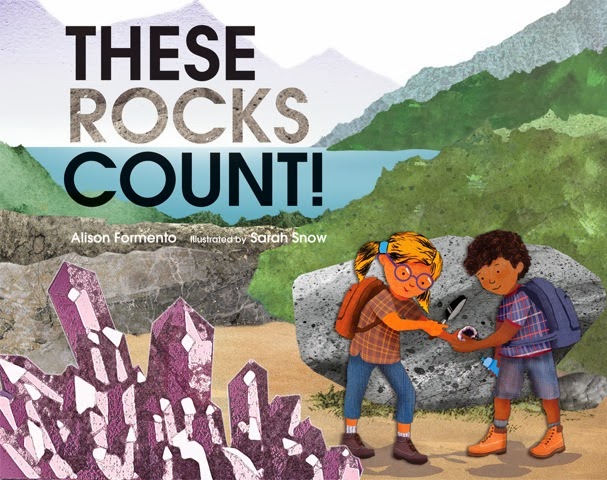The following post was written by Cynthia Chapman Willis, a wonderful middle-grade
author. Please visit Cynthia's website http://www.cynthiawillis.com/ and consider adding her titles to your library.
Have
you ever read or heard that a writer should consider setting to be a character
in a story? Have
you ever read a story in which the setting came alive? Or, the details, moods,
and symbolism of a story brought it to life? I have. And I must say, the right
setting details can make an almost magical difference to a story.
Think
about a story with a vivid setting. I bet it evoked emotions in you as reader.
I bet it added to the characterizations in the story. And, I bet that setting
changed and developed ever so subtly. Maybe it even included specifics that set
the mood and the tone of the scenes. Perhaps the setting even took on a life of
its own. Didn’t this use of setting enhance the story? I am guessing that it
did.
All
of this started churning around in my head as I started reading a novel in
which the setting is, so far, a character. The night air breathes, the floors
moan and whisper under the weight of someone’s steps, the moon hides behind
clouds and peeks out every so often. Goosebumps, anyone? At this point, the
setting is a creepy sort of character setting me up for something scary. And I
can’t wait to read more.
Enough
about what I think. What do YOU think about setting?


